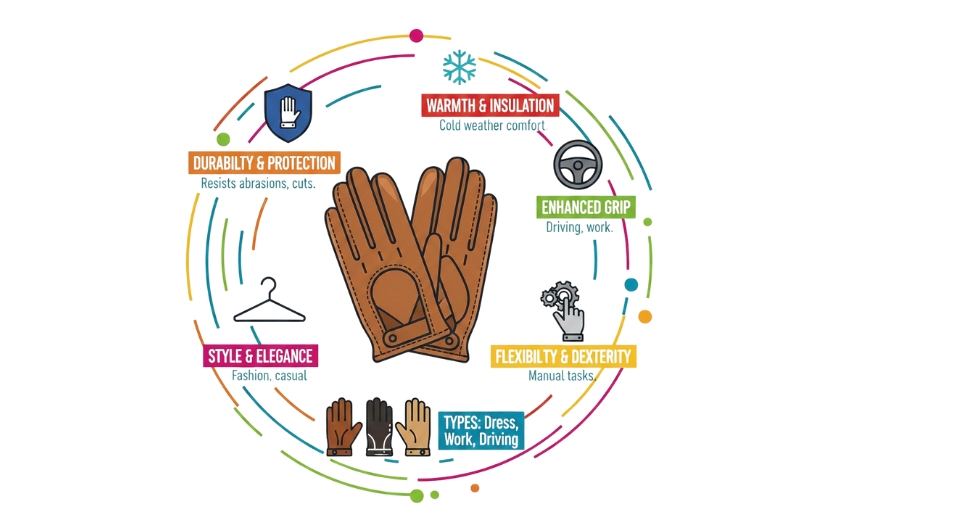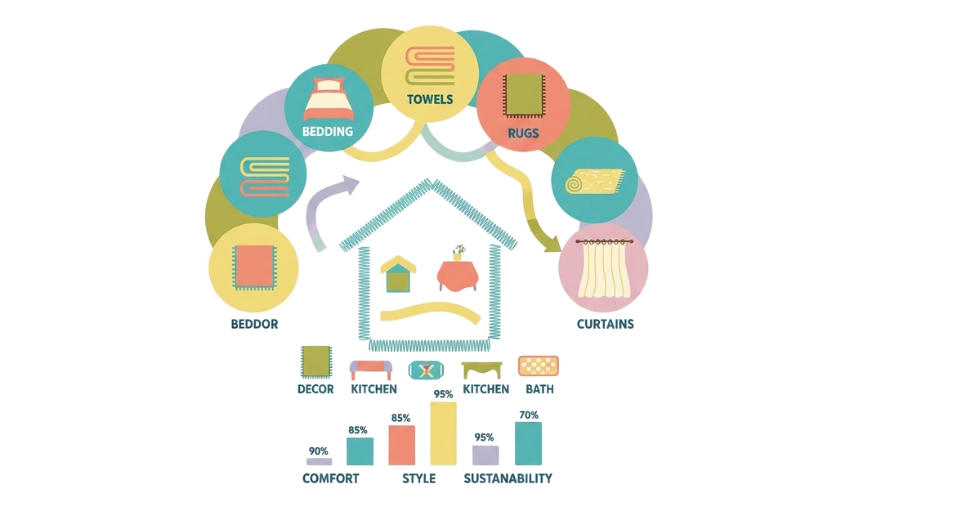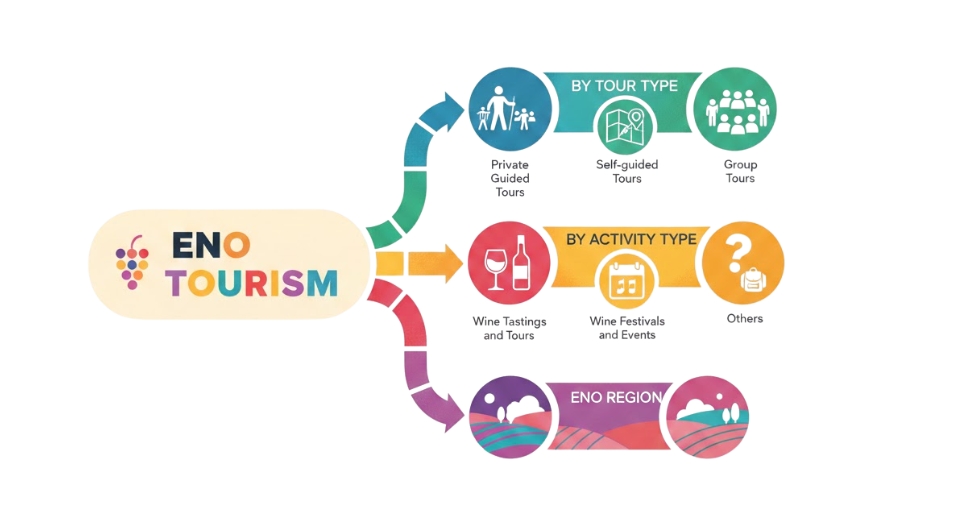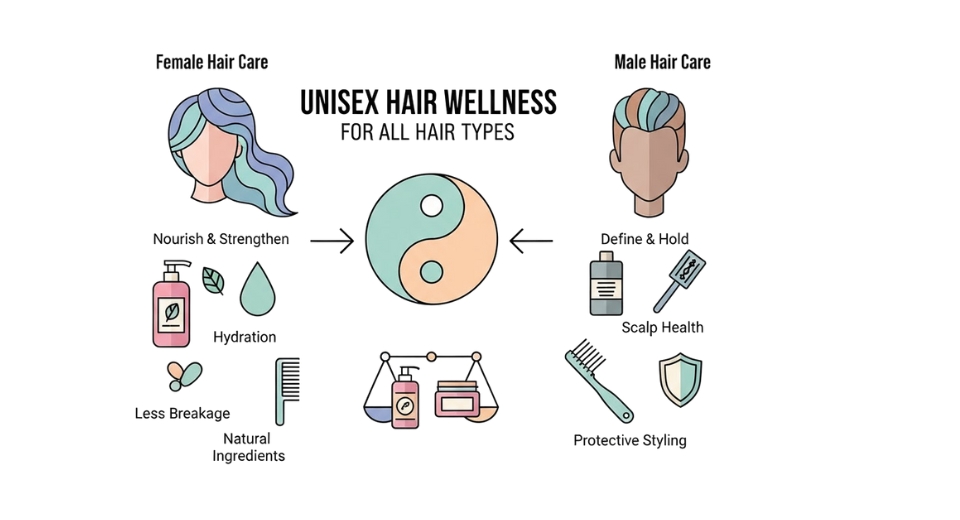Global 3D Printing Jewelry Market - Comprehensive Data-Driven Market Analysis & Strategic Outlook
The global 3D printing jewelry market has evolved from a niche experiment to one that is transforming the way jewelry is conceptualized, produced, and customized. Its origin lies in the late 1980s, when initial additive manufacturing technology was experimented with to produce complex prototypes and not finished products. Jewelry artisans used to be heavily dependent on traditional casting, handcarving, and wax modeling. They were accurate but labor-intensive techniques, capping design complexity and customization. The first real game-changer was in the mid-1990s with the advent of stereolithography and selective laser sintering, which enabled very complex resin or wax models to be generated for casting. This freed designers from the limitations of hand sculpting and introduced digital precision to the workshop.
- Global 3D printing jewelry market worth about USD 2866.4 million in 2025 and growing at a CAGR of about 14.1% by 2032, potentially reaching more than USD 7219.3 million. Gold comprise close to 19.4% of market share, propelling innovation and broadening uses through rigorous research.
- Main trends driving growth: Growing demand for customized and personalized jewelry designs, Reduction in cost and time to manufacture using advanced 3D printing technologies
- Opportunities: New applications for high-tech materials (precious metals, resins, composites) for jewelry printing
- Key insight: The market will evolve exponentially in terms of value over the next decade, supporting significant growth opportunities.

It was not so much wax carving replacement anymore; artists were able to enter into patterns and lattice work that were virtually impossible to create by hand with the new methods Direct metal printing using noble metals like platinum and gold became feasible in the 2010s, rendering casting completely obsolete in certain instances. It was a move from prototyping towards production. Consumer culture also changed during this period. Consumers began to look for distinctive, individual pieces instead of mass-produced trinkets. Wedding rings began to be more custom in their design, as did engagement rings and fashion jewelry. Customers have asked for personal inscriptions, intricate geometries, and thin but strong construction.
The model of production in the digital era began to perfectly fit this kind of demand, cutting turnaround time while allowing quick experimentation at no greater cost. Technology has been evolving ever since. High-resolution printers can now create surface finishes believed to be impossible, and software updates mean even amateur designers can create professional-grade models. More sustainability efforts have also affected the field; 3d printing prevents material waste and facilitates sustainable sourcing, so it appeals to environmentally friendly buyers. At the same time, precious metals standards legislation and hallmarking have also been forced to change to accommodate new production methods, with printed products having to conform to standards and authenticity. Modernly, the international 3d printing jewelry market is a marriage of digital technology and art. It will continue moving forward as printers improve, materials become more varied, and buyers are more willing to accept custom luxury that traditional methods never could provide at scale.
Market Segments
The global 3D printing jewelry market is mainly classified based on Material, Type of Jewelry, End User, Distribution Channel.
By Material is further segmented into:
- Gold: Gold is best suited in the global 3D printing jewelry market because of its luxury value and long-term durability. Intricate 3D printing makes it possible to create detailed gold patterns with utmost precision and low wastage. Increasing demand for customized luxury products will maintain gold demand at the same level in future markets.
- Silver: Silver is still a favorite among the global 3D printing jewelry market due to its affordability and versatility. The 3D printing technology provides the capability to print delicate and detailed silver designs at less production time. The value and class balance of silver will continue to drive its growth as consumers continue to look for stylish but affordable jewelry.
- Platinum: Platinum remains in the limelight of the global 3D printing jewelry market due to its strength and high-end image. New 3D printing technology provides simple generation of complex platinum designs. Its toughness and rarity will also continue to appeal to users of tough luxury jewelry in future trends.
- Resin: Resin is increasingly involved in the global 3D printing jewelry market as an affordable and experimental material. It enables designers to produce light and distinct jewelry items at a lower expense. Resin-based models will be preferred by entrepreneurial businesses and emerging designers who will want to introduce innovative concepts to the marketplace.
- Others: Other materials used in global 3D printing jewelry market include stainless steel, titanium, and composite. These possess capabilities of customized design and offer durability at varying prices. Such diversity will enable the market to grow by accommodating more user needs and design tastes in the coming years.
By Type of Jewelry the market is divided into:
- Necklace: Necklaces in the global 3D printing jewelry market are advantaged by customization and accuracy in terms of design. 3D printing allows accurate chain and pendant production with reduced labor. With more statement and personalized jewelry trends becoming mainstream, necklaces will continue to appeal to consumers seeking original designs that suit individual tastes.
- Ring: Rings continue to be the most trending segment of the global 3D printing jewelry market because they are symbolic and personalized. 3D printing provides accurate sizing, delicate details, and economical manufacturing. Future demand will increase as consumers seek customized engagement rings, wedding rings, and fashion rings with unique designs.
- Earring: Earrings are a significant item in the global 3D printing jewelry market due to their varied design and portability. The technology can create weightless and fragile forms that may be impossible for conventional craftsmanship. As fashion-conscious consumers anticipate innovation, earrings will maintain high demand and innovative design innovation.
- Bracelet: Bracelets within the global 3D printing jewelry market are particularly well-suited by the potential to create strange textures and soft shapes. Lightweight, custom-fit designs appeal to consumers seeking comfort and individuality. With personalization and wearable art playing an ever-growing role, bracelets will most assuredly be subject to greater innovation and market growth.
- Others: Others in the jewelry categories of the global 3D printing jewelry market are brooches, charms, and specialty accessories. These segments believe in freedom of expression as far as creativity and inexpensive production through 3D printing is concerned. Increasing demand for customized, small-series, and single pieces will propel this segment as consumers seek out original fashion statements.
By End User the market is further divided into:
- Individual Consumers: Individual consumers are key drivers of the global 3D printing jewelry market by demanding personalized, affordable, and expressive pieces. 3D printing empowers them to access designs that reflect personal taste while staying within budget. This trend is expected to grow as customization and accessibility remain strong selling points.
- Luxury Brands: Luxury brands use 3D printing in the global 3D printing jewelry market to create exclusive, innovative, and precise designs. This technology reduces production time and material waste while maintaining premium quality. Future adoption is expected to rise as luxury houses seek to offer bespoke pieces and attract high-end clientele.
- Mass Retailers: Mass retailers in the global 3D printing jewelry market focus on producing stylish, affordable jewelry for large-scale distribution. 3D printing helps reduce costs and speed up new product launches. As fashion cycles move faster, mass retailers will continue adopting this technology to meet changing consumer trends efficiently.
- Others: Other end users in the global 3D printing jewelry market include small-scale designers and independent artists. 3D printing offers them a competitive edge by enabling creative designs at manageable costs. Future market growth will benefit from these innovators, who bring fresh styles and niche collections to diverse audiences.
By Distribution Channel the global 3D printing jewelry market is divided as:
- Online: Online sales channels drive accessibility in the global 3D printing jewelry market by offering a wide range of designs and easy customization. Digital platforms allow brands to reach global customers directly. Growth in e-commerce and virtual design tools will continue to strengthen online sales for jewelry makers.
- Offline: Offline channels remain important in the global 3D printing jewelry market for customers seeking in-person experiences and trusted quality. Physical stores offer the chance to see and feel products before buying. This channel will stay relevant, especially for luxury and custom jewelry, where personalized consultation plays a key role.
|
Forecast Period |
2025-2032 |
|
Market Size in 2025 |
$2866.4 Million |
|
Market Size by 2032 |
$7219.3 Million |
|
Growth Rate from 2025 to 2032 |
14.1% |
|
Base Year |
2024 |
|
Regions Covered |
North America, Europe, Asia-Pacific, South America, Middle East & Africa |
By Region:
- Based on geography, the global 3D printing jewelry market is divided into North America, Europe, Asia-Pacific, South America, and the Middle East & Africa.
- North America is further divided into the U.S., Canada, and Mexico, whereas Europe consists of the UK, Germany, France, Italy, and the Rest of Europe.
- Asia-Pacific is segmented into India, China, Japan, South Korea, and the Rest of Asia-Pacific.
- The South America region includes Brazil, Argentina, and the Rest of South America, while the Middle East & Africa is categorized into GCC Countries, Egypt, South Africa, and the Rest of the Middle East & Africa.

Growth Drivers
- Growing demand for personalized and customized jewelry designs: Customers increasingly look for jewelry that matches personal taste and style rather than mass-produced pieces. The global 3D printing jewelry market benefits by allowing jewelers to create one-of-a-kind rings, bracelets, and pendants efficiently. This technology will meet modern expectations for exclusivity and creativity, encouraging more buyers to choose custom-made designs.
- Reduction in production costs and time with advanced 3D printing techniques: The global 3D printing jewelry market will grow as advanced printing reduces production time and waste. Traditional manufacturing involves complex steps and expensive molds, but 3D printers produce detailed models faster and with fewer resources. This efficiency lowers costs for both designers and manufacturers, making high-quality jewelry more affordable.
Challenges and Opportunities
- High initial investment cost of 3D printing equipment: Adoption of 3D printing in jewelry remains slow because the equipment needed is costly. global 3D printing jewelry market growth may be restricted as smaller jewelers hesitate to invest. However, as technology improves and prices gradually drop, accessibility will increase, encouraging more businesses to embrace digital manufacturing.
- Limited awareness and adoption among traditional jewelers: Many traditional jewelers still rely on older crafting techniques and lack exposure to 3D printing benefits. global 3D printing jewelry market could grow faster if more training and awareness programs were available. Educating jewelers about speed, accuracy, and customization potential will help overcome this resistance and promote adoption.
Opportunities
- Expanding applications of advanced materials (precious metals, resins, composites) in jewelry printing: New materials are transforming jewelry design by improving durability and finish. global 3D printing jewelry market will benefit as printers use gold, silver, resins, and composites to create stronger and more appealing products. These materials enhance quality and allow innovative styles, attracting both designers and customers seeking premium craftsmanship.
Competitive Landscape & Strategic Insights
The global 3D printing jewelry market is moving toward a future shaped by innovation, precision, and a shift in consumer expectations. Advanced technology is steadily redefining how jewelry is designed, produced, and customized. Instead of relying solely on traditional craftsmanship, the market is opening up to digital design and additive manufacturing. These techniques allow for complex shapes, lighter structures, and personalized pieces that were once difficult or impossible to create. The industry is a mix of both international industry leaders and emerging regional competitors. Important competitors include RADIAN, Flashforge, Imaginarium, LACE, Materialise NV, Autodesk Inc., Desktop Metal, NERVOUS SYSTEM, Shapeways Holdings Inc., 3D Systems, Inc., Rapid Shape GmbH, JK3D, Formlabs Inc., and OLA Jewelry. Each company is working to strengthen its position by developing new materials, improving design software, and refining production methods to reduce waste and increase efficiency.
Future growth will likely be driven by increasing demand for personalized and sustainable products. As customers look for unique designs that reflect individual style, 3D printing offers a practical solution. It makes on-demand production possible, which reduces inventory and limits unused stock. This change could reshape the supply chain by encouraging local production and faster delivery. It may also help reduce environmental impact by cutting down on material waste compared to traditional jewelry manufacturing.
Software development plays a vital role in this transformation. More advanced modeling tools are expected to simplify the design process, making it easier for designers to experiment with new concepts. Better compatibility between software and hardware will also improve workflow, allowing for smoother transitions from digital concept to finished product. Companies investing in user-friendly platforms will have an advantage as more independent designers enter the market.
Another major factor shaping the future is material innovation. New metal powders, resins, and hybrid composites are being developed to meet the high standards of the jewelry sector. Precious metals like gold and platinum can now be printed with increasing precision, and alternative materials such as high-strength polymers or recycled metals may appeal to customers looking for affordable and eco-conscious options.
Market expansion is expected across various regions as access to technology becomes more widespread. While established companies hold a strong presence globally, smaller regional players may find opportunities by serving niche segments and offering culturally inspired designs. Partnerships between technology developers and jewelry brands could speed up adoption and bring more creative possibilities to consumers.
Looking ahead, automation and artificial intelligence may influence the production process even further. Predictive design tools could help optimize shapes and material use, while automated quality control might reduce errors and speed up finishing. As these technologies mature, production costs may decrease, making custom-made jewelry more affordable and accessible to a wider audience.
Market size is forecast to rise from USD 2866.4 million in 2025 to over USD 7219.3 million by 2032. 3D Printing Jewelry will maintain dominance but face growing competition from emerging formats.
The global 3D printing jewelry market appears set for steady growth as innovation continues to guide its direction. With strong competition, ongoing research, and rising consumer interest in personalized and sustainable luxury, the sector is well-positioned to transform how jewelry is imagined, produced, and experienced in the future.
Report Coverage
This research report categorizes the global 3D printing jewelry market based on various segments and regions, forecasts revenue growth, and analyzes trends in each submarket. The report analyses the key growth drivers, opportunities, and challenges influencing the global 3D printing jewelry market. Recent market developments and competitive strategies such as expansion, type launch, development, partnership, merger, and acquisition have been included to draw the competitive landscape in the market. The report strategically identifies and profiles the key market players and analyses their core competencies in each sub-segment of the global 3D printing jewelry market.
3D Printing Jewelry Market Key Segments:
By Material
- Gold
- Silver
- Platinum
- Resin
- Others
By Type of Jewelry
- Necklace
- Ring
- Earring
- Bracelet
- Others
By End User
- Individual Consumers
- Luxury Brands
- Mass Retailers
- Others
By Distribution Channel
- Online
- Offline
Key Global 3D Printing Jewelry Industry Players
- RADIAN
- Flashforge
- Imaginarium
- LACE
- Materialise NV
- Autodesk Inc.
- Desktop Metal
- NERVOUS SYSTEM
- Shapeways Holdings Inc.
- 3D Systems, Inc.
- Rapid Shape GmbH
- JK3D
- Formlabs Inc.
- OLA Jewelry
WHAT REPORT PROVIDES
- Full in-depth analysis of the parent Industry
- Important changes in market and its dynamics
- Segmentation details of the market
- Former, on-going, and projected market analysis in terms of volume and value
- Assessment of niche industry developments
- Market share analysis
- Key strategies of major players
- Emerging segments and regional growth potential








 US: +1 3023308252
US: +1 3023308252






